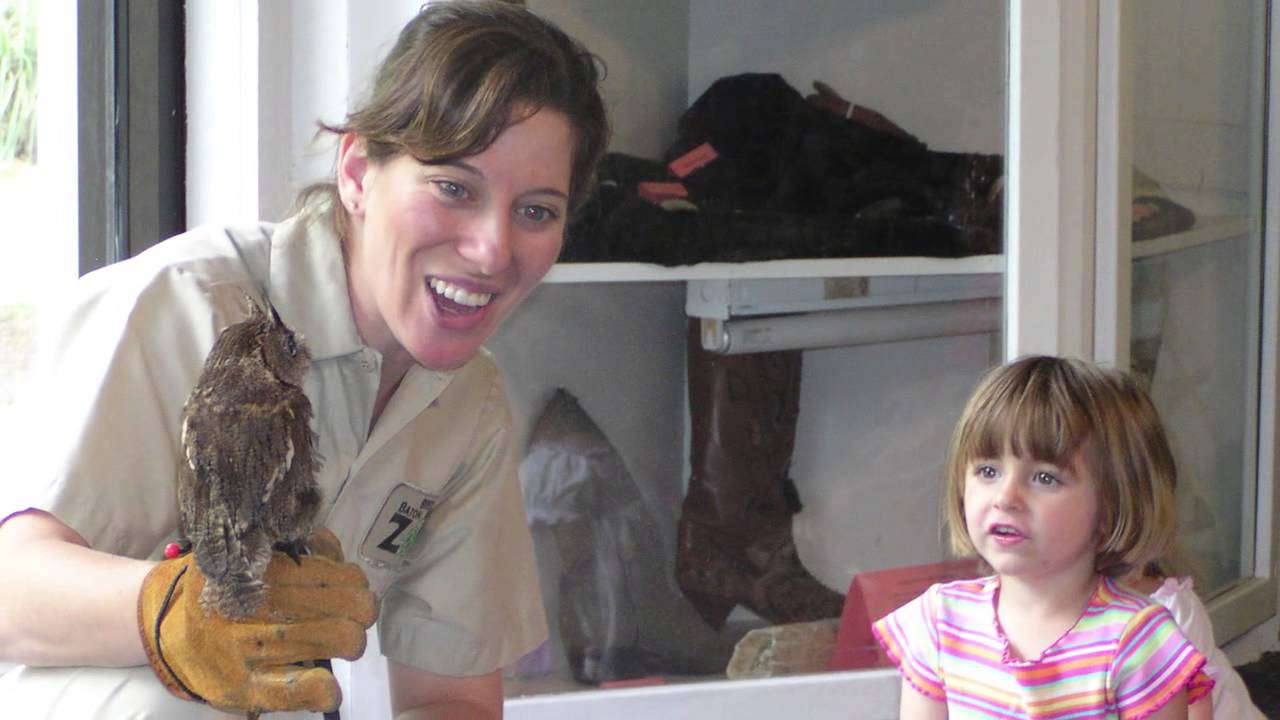– The significance of BREC July 2014 1 in promoting wildlife conservation
– The role of zoos in educating the public about biodiversity and habitat preservation
– Effective zoo management practices that contribute to the welfare of animals
– Strategies for engaging communities in conservation efforts
Zoos serve as critical sanctuaries for wildlife conservation, providing shelter and care for myriad species while also functioning as educational hubs that spotlight the importance of biodiversity and environmental stewardship. BREC July 2014 1 stands out as a beacon of hope for endangered species, embodying the best practices in zoo management and wildlife conservation. Its initiatives not only support animals’ physical and psychological well-being but also play a pivotal role in fostering a deeper connection between humans and the natural world.
The significance of BREC July 2014 1 in promoting wildlife conservation cannot be overstated. Through rigorous breeding programs, this institution aids in preserving species that are on the brink of extinction. By carefully managing genetic diversity and ensuring the health and vitality of each animal, BREC July 2014 1 contributes significantly to the global efforts to maintain our planet’s biodiversity. This approach highlights the critical role zoos play in safeguarding species for future generations, providing a haven where animals can thrive free from the threats of poaching, habitat loss, and climate change.
Education is at the core of BREC July 2014 1’s mission. By engaging visitors with dynamic displays and interactive learning opportunities, the zoo raises awareness about the challenges facing wildlife and the steps necessary to protect vulnerable habitats around the globe. Through hands-on programs and guided tours, individuals of all ages are encouraged to explore the rich tapestry of life beyond their local environment. This educational outreach is vital in cultivating a sense of responsibility and inspiring action among the broader public to support conservation efforts.
Effective zoo management is fundamental to the success of institutions like BREC July 2014 1. This encompasses the physical care of animals and the design and maintenance of enclosures that replicate natural habitats as closely as possible. Providing opportunities for animals to engage in natural behaviors is paramount for their well-being, and skilled zookeepers play a crucial role in implementing enrichment activities that stimulate mental and physical health. Additionally, robust veterinary services ensure the timely diagnosis and treatment of health issues, further testament to the zoo’s commitment to animal welfare.
Engaging communities in conservation efforts is another hallmark of BREC July 2014 1’s success. The zoo amplifies its impact by forming partnerships with local and international conservation organizations, extending its reach beyond its physical boundaries. Community-based programs, such as habitat restoration projects and wildlife monitoring initiatives, empower individuals to contribute directly to conservation outcomes. Such efforts underscore the zoo’s role in fostering a collaborative approach to environmental stewardship that leverages individuals’ and institutions’ collective power to effect tangible change.
BREC July 2014 1’s endeavors in wildlife conservation, education, effective management, and community engagement offer a compelling model for how zoos can contribute to preserving our planet’s precious biodiversity. By focusing on the well-being of animals, educating the public, and fostering widespread participation in conservation activities, this institution exemplifies the positive role that zoos can play in addressing some of the most pressing environmental challenges of our time. Through its actions, BREC July 2014 1 reminds us of the critical need for concerted efforts to protect the natural world, ensuring the survival of diverse species for generations to come.
*****
Source Description
What’s happening at BREC in July


